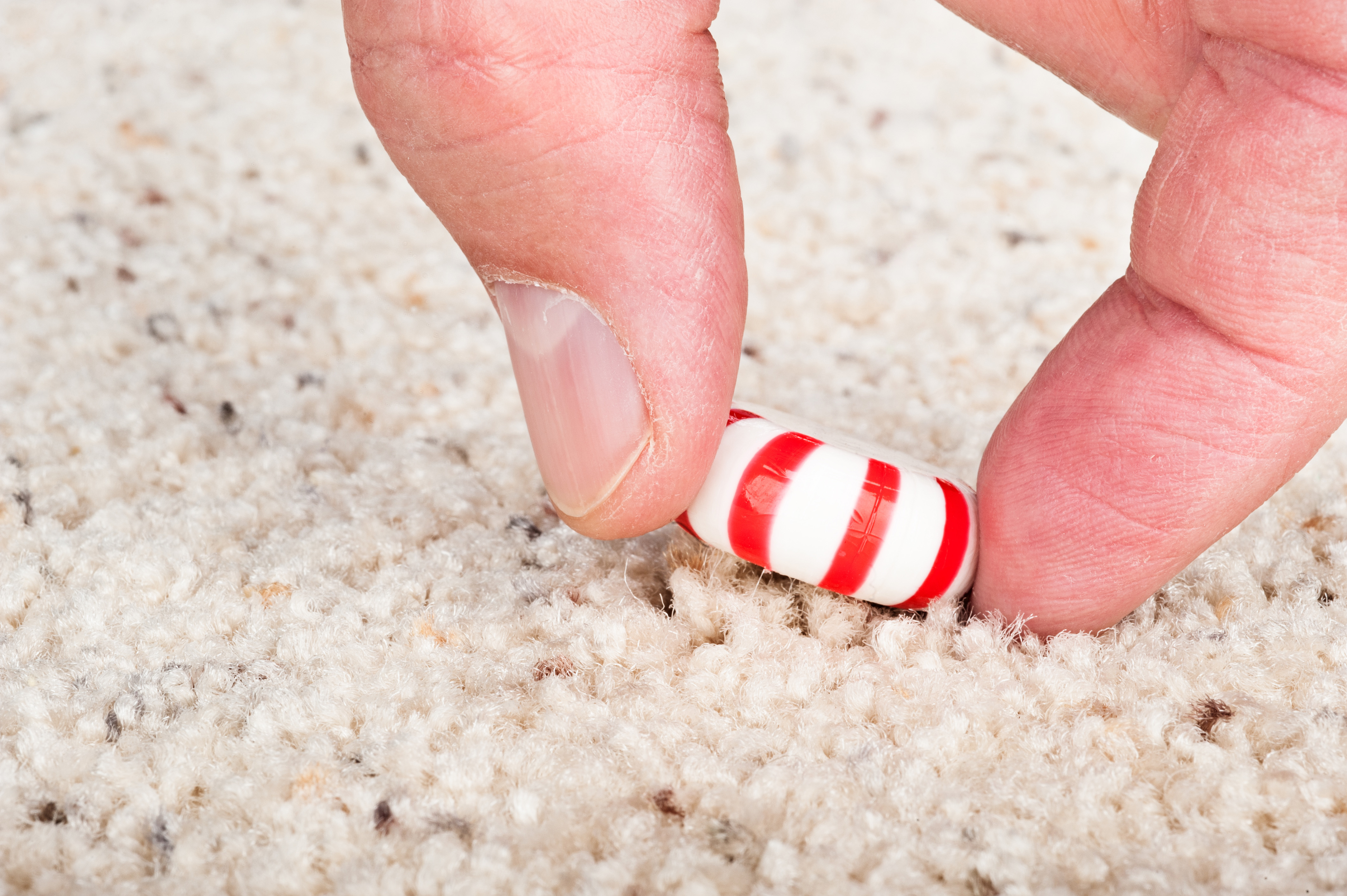Rutgers researchers have disproven the widely accepted notion that it’s okay to scoop up food and eat it within a «safe»
Their findings appear online in the American Society for Microbiology’s journal, Applied and Environmental Microbiology.
«The popular notion of the ‘
«We decided to look into this because the practice is so widespread. The topic might appear ‘light’ but we wanted our results backed by solid science," said Schaffner, who conducted research with Robyn Miranda, a graduate student in his laboratory at the School of Environmental and Biological Sciences, Rutgers

Photo: Shutterstock/Joe Belanger Researchers found carpet has very low bacteria transfer rates compared with those of tile and stainless steel.
Transfer scenarios were evaluated for each surface type, food type, contact time and bacterial prep; surfaces were inoculated with bacteria and allowed to completely dry before food samples were dropped and left to remain for specified periods. All totaled 128 scenarios were replicated 20 times each, yielding 2,560 measurements.
Not surprisingly, watermelon had the most contamination, gummy candy the least. «Transfer of bacteria from surfaces to food appears to be affected most by moisture," Schaffner said. «Bacteria don’t have legs, they move with the moisture, and the wetter the food, the higher the risk of transfer. Also, longer food contact times usually result in the transfer of more bacteria from each surface to food.»
Perhaps unexpectedly, carpet has very low transfer rates compared with those of tile and stainless steel, whereas transfer from wood is more variable. «The topography of the surface and food seem to play an important role in bacterial transfer," Schaffner said.
So while the researchers demonstrate that the
«The


